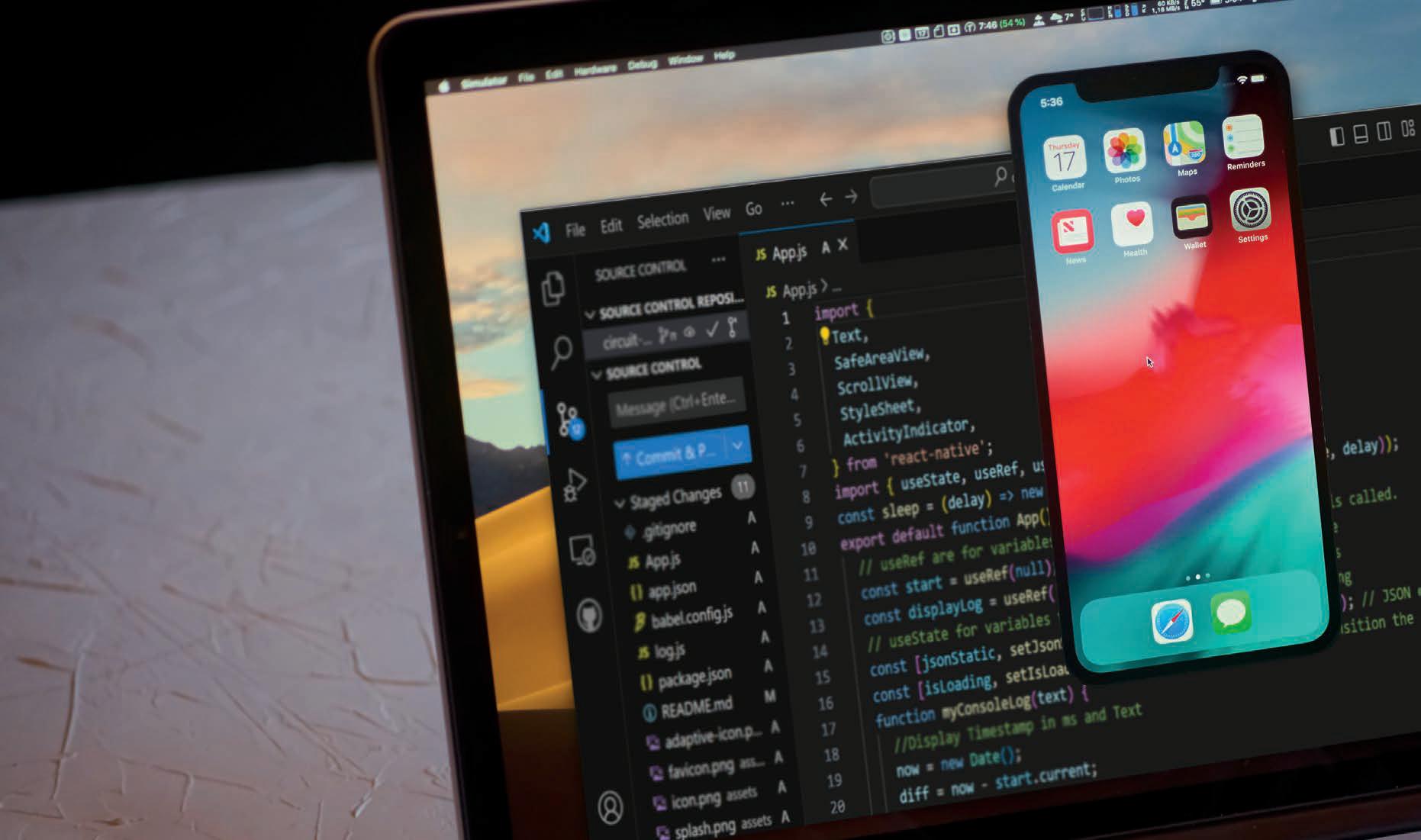
Learning C and the C stdlib library was something I did on my own. Brian Kernighan and Dennis Ritchie's The C Programming Language was something I read while in France on a project in 1981. It was simple, concise and easily digested. Plus, it kept my mind off French baguettes. Reading it did not turn me into a good C programmer, but it laid the foundation. Oh, did I just say that I was a good C programmer. My bad! To show my hubris and shallowness, a short while later a friend asked me to help him debug a C program he had written for the PC. He was brand new to C and I was just "new without the brand" to the language. I confidently told him that, with the debugger, we would find the problem in less than a half hour. Four hours later, I was stumped. The problem was that he allocated very large variables on the stack and blew his default stack away every time he used these variables. But like all stack problems, it was very non-deterministic. The debugger was worthless in debugging that. I had not quite mastered memory allocation.
Now, 45 years later, learning React Native is not done by reading one book. The number of components and the intricacies of JavaScript are significantly more complex than C and its standard library. Add to that the React Native components and I found that I needed a serious course. For example, there are less than 50 functions in most stdlib C libraries. Although there are only 24 core components for React Native, each one is probably 10-20 times more complex than each C library function. Add to that the thousands of community supported components and you will understand the complexity.
TUTORIALS ABOUND
Bu hikaye Circuit Cellar dergisinin September 2024 sayısından alınmıştır.
Start your 7-day Magzter GOLD free trial to access thousands of curated premium stories, and 9,000+ magazines and newspapers.
Already a subscriber ? Giriş Yap
Bu hikaye Circuit Cellar dergisinin September 2024 sayısından alınmıştır.
Start your 7-day Magzter GOLD free trial to access thousands of curated premium stories, and 9,000+ magazines and newspapers.
Already a subscriber? Giriş Yap

Morse Micro Launches Highly Anticipated Second-Generation MM8108 SoC
Enabling improved spectrum efficiency to minimize interference in high-density environments, the MM8108 delivers class-leading data rates of up to 43.33Mbps using world-first sub-GHz 256-QAM modulation at an 8MHz bandwidth, making it ideal for a range of applications in agricultural, mining, industrial, home, and city environments.

NXP MCX MCUs and IDEs Cut Development Time
Development boards, such as NXP's FRDM platform for MCX A series MCUs, are revolutionizing embedded systems by integrating components for prototyping and innovation in the IoT landscape. These technologies streamline development, enhance flexibility, and reduce costs, enabling greater focus on software development while addressing complex challenges.

Asynchronous Programming in Flutter - Shallow Dive into Google's Mobile App Framework
This month, Bob continues his look at mobile app programming from the perspective of an embedded system designer. He begins a shallow dive into Flutter, the mobile app framework from Google, by describing his transition from React Native to asynchronous programming in Flutter.

Basic Pulse Circuits - Part 3: Metastability, Setting, or Resetting
In digital design, signal processing is crucial when dealing with asynchronous signals from sensors and level translators. In Part 1 of a three-part series, Wolfgang described how pulse circuits help digital circuits deal with pulse trains. In Part 2, he wrote about flip-flops, timing parameters and synchronization. In Part 3, he looks at how to mitigate metastability and ensure internal clock synchronization.

Infineon and Flex Showcase Zone Controller Design Platform for Software-Defined Vehicles
Infineon Technologies AG and Flex, a diversified global manufacturer and new preferred automotive design partner for Infineon, are showcasing the new Flex Modular Zone Controller design platform for software-defined vehicles at CES 2025.

Switching Regulator Efficiency - Minimize Power Consumption in Battery-Operated Systems
A switching voltage regulator converts input DC voltage into a desired output DC voltage. This month, Stuart delves into the factors that influence the efficiency of switching regulators, and why they are crucial for embedded applications. From understanding the role of inductors and transistors to exploring practical examples, this article offers valuable knowledge for anyone interested in optimizing power supply designs.

Learn Lisp Programming Using MCUs - Part 2: Extending µLisp with Custom Functions
In the second installment of this series, Raul delves into the world of µLisp and shows how to extend capabilities by adding custom functions such as \"pulsein\" and \"servo-create\", enabling developers to interface with ultrasonic sensors and control servomotors. In Part 1, Raul presented µLisp concepts and syntax, and extensions specific to MCUs.

Introducing Bluetooth LE Audio - Part 1: Sound of a Revolution
Following the Bluetooth Core 5.2 release, Bluetooth Low Energy Audio introduces capabilities that will revolutionize audio applications through isochronous channels and new audio middleware. Nick writes about a framework supporting bidirectional audio and shared listening in Part 1 of a two-part article.

CMake the Most of Software Development - Modern Build Systems Support Scalability
Discover how modernizing your build system with CMake can revolutionize embedded software development, offering unparalleled flexibility and efficiency. Dive into this article to explore the transformative benefits of CMake's cross-platform capabilities and how it integrates seamlessly with contemporary development practices.

Engineering Healthcare - Cutting-Edge Technologies to Enhance Patient Care
Explore the groundbreaking advancements in Pulsed Field Ablation technology, where engineering meets cardiac care to revolutionize atrial fibrillation treatment. This article delves into the intricate design and functionality of cutting-edge devices that enhance precision and safety in medical procedures, showcasing the vital role electronics play in shaping the future of healthcare.